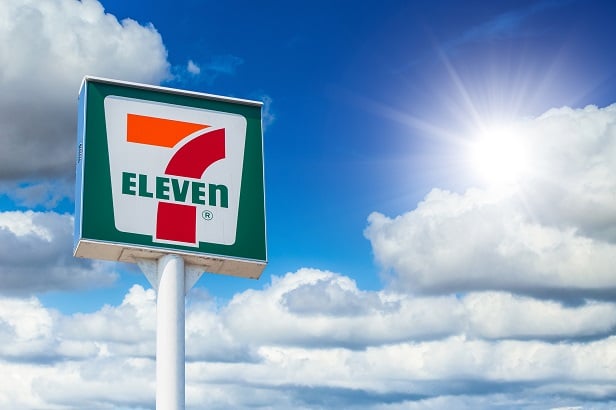In a deal that shows the continuing strength in certain parts of the net lease sector, 17 7-Eleven properties on 17.373 total acres sold to a private buyer for $71.5 million.
Camille Renshaw, CEO and Founder of B+E, the brokerage firm that announced the sale-leaseback deal on Wednesday, July 15, couldn’t reveal the private fund that bought the properties or the location of the assets. The properties are operated by the Monfort Cos. and under a new, 15-year lease.
Renshaw did say that 7-Eleven credit quality was attractive for the buyer. “The way 7-Eleven leases work is they mutually guarantee the lease with the operator,” she says.
In addition to offering guarantees, 7-Elevens are still open. In this environment, that’s a huge selling point. “Convenience stores are doing great,” Renshaw says. “I would much rather myself or my mother go to 7-Eleven for toilet paper in the middle of the toilet paper crisis, than go to a larger store or the mall or a shopping center [where they are exposed to more people].”
To Renshaw, the 7-Eleven deal shows the durability of many forms of net lease retail. “What’s interesting about it is that there is a tremendous appetite for essential retail, especially gas stations and convenience stores,” Renshaw says. “Those businesses are doing great.”
Another advantage to most convenience store sales is (this large portfolio notwithstanding) they’re smaller sales, which makes them excellent targets for 1031 exchange buyers. Renshaw says assets worth less than $5 million are “enormously popular” with 1031 exchanges.
“Anything smaller—that’s 1031 exchange bite-size—and is a brand name—every single one of us has been to 7-Eleven a bunch of times—is enormously popular,” Renshaw says. “We know it, and we can picture it before you even download the package. So you will have a very large buyer pool.”
While 1031 buyers help drive the net lease market, Renshaw also expects to see more sale-leaseback transactions in the future. That could indirectly foreshadow a slowdown in 1031 activity.
“Over many cycles, when we’ve seen 1031 exchanges slow down, sale-leasebacks often pick up,” she says. “It’s not because they’re really tied at the hip. When there’s a lot of money in the market and there’s a lot of trading, then there tend to be more 1031 exchanges.”
When liquidity dries up for companies, sale-leasebacks become a popular option to generate capital. “It’s generally something that can be done reasonably quickly, depending on the situation,” Renshaw says.
Regardless of the buyer, Renshaw thinks many segments of the retail market are getting a bad rap.
“The story is very negative about retail right now, and it’s not entirely true,” Renshaw says. “There is still huge demand within retail.”
As a guide for how net lease could perform versus other sectors in a downturn, Renshaw points to 2008 and 2009. “All volume in commercial real estate dropped, but against the other sectors, net lease spiked,” she says. “We became a wildly popular flight-to-quality sector with low risk.”
